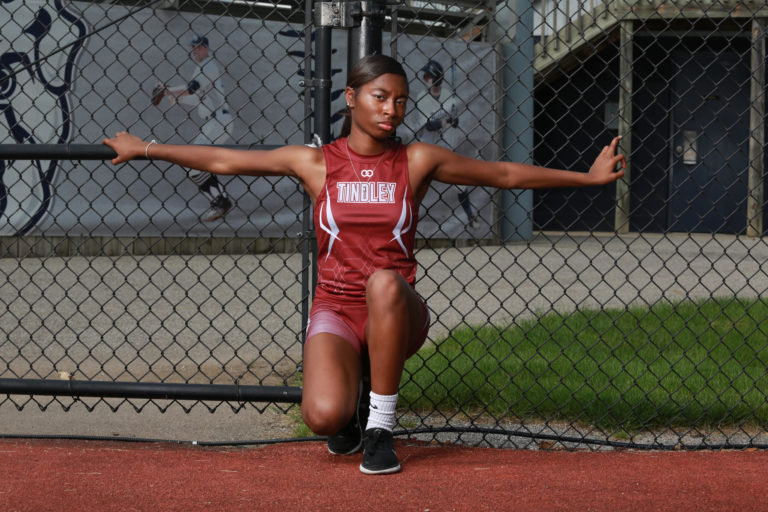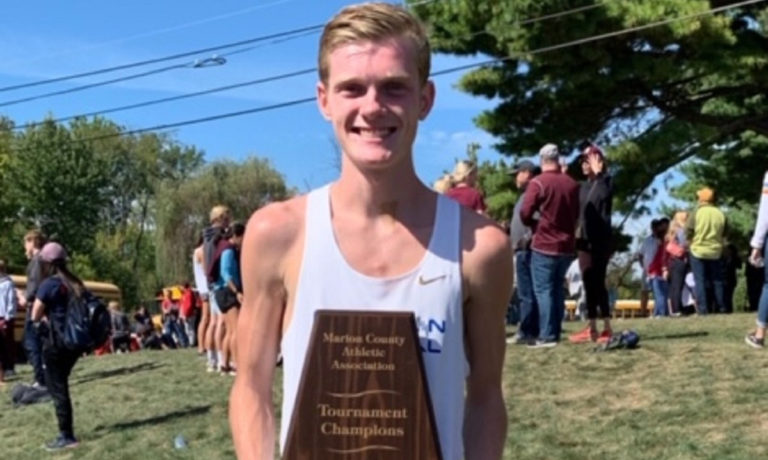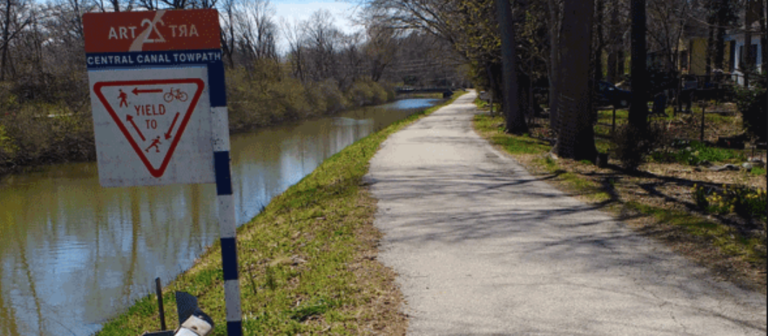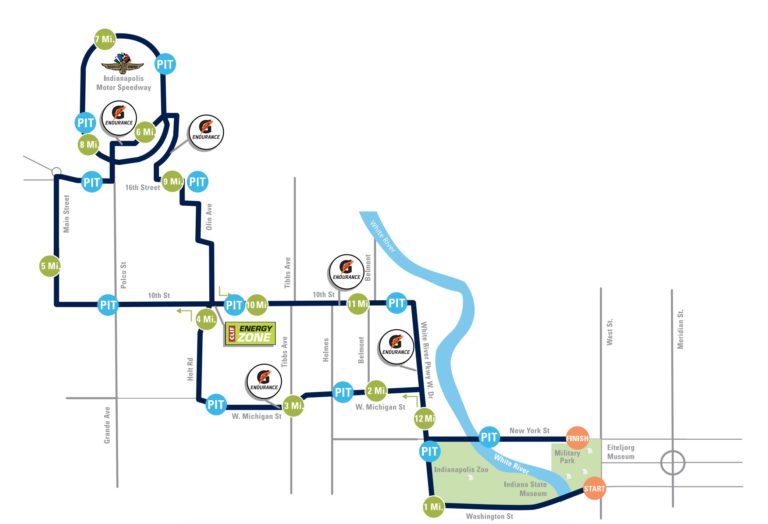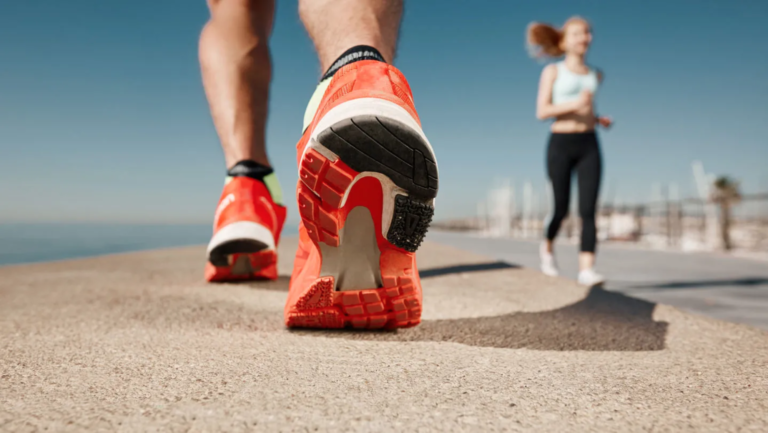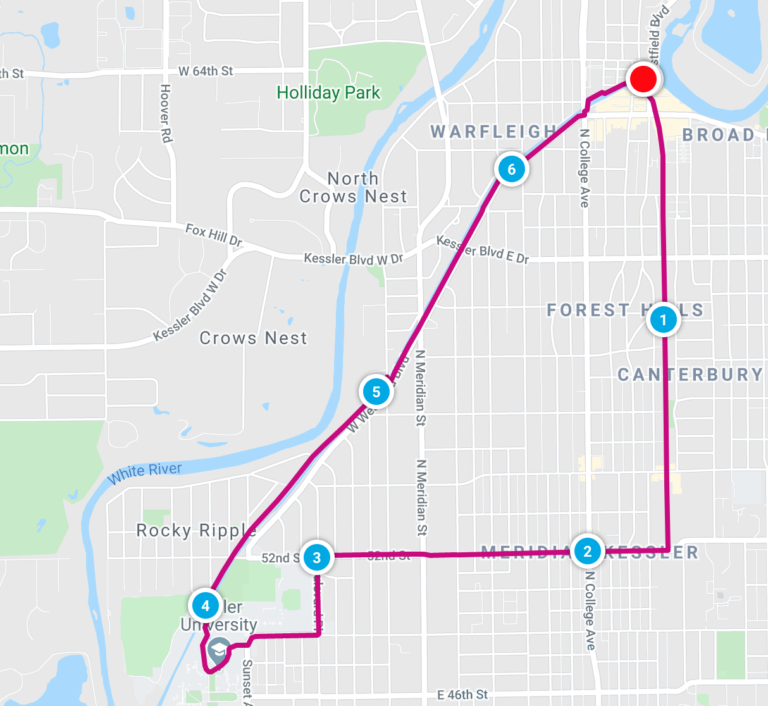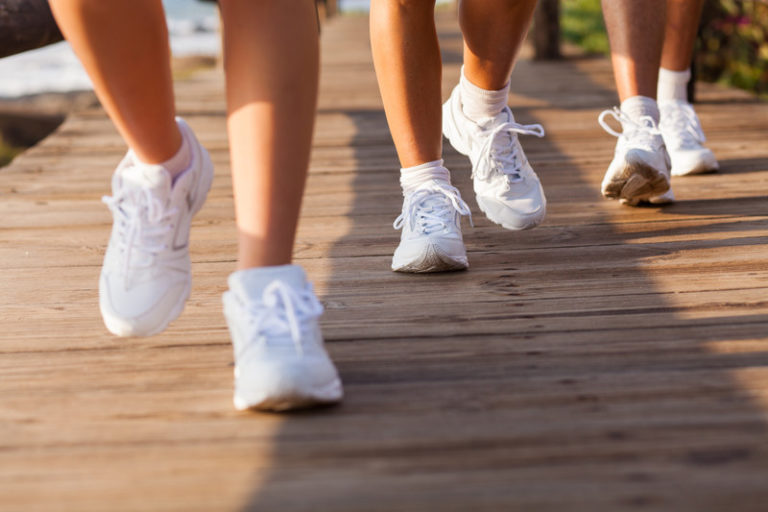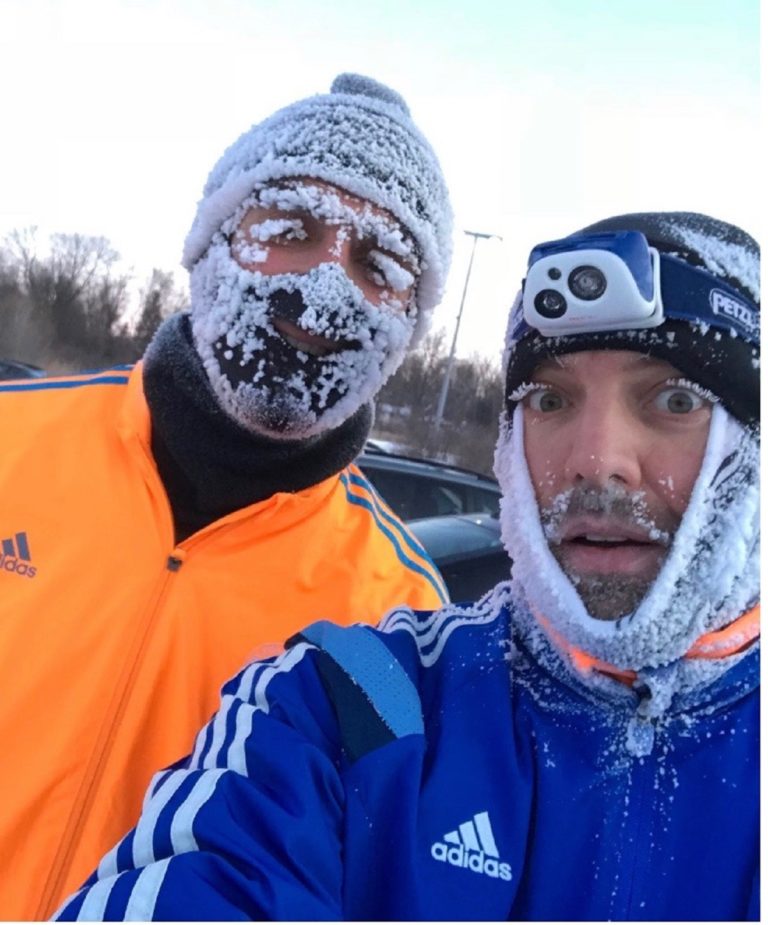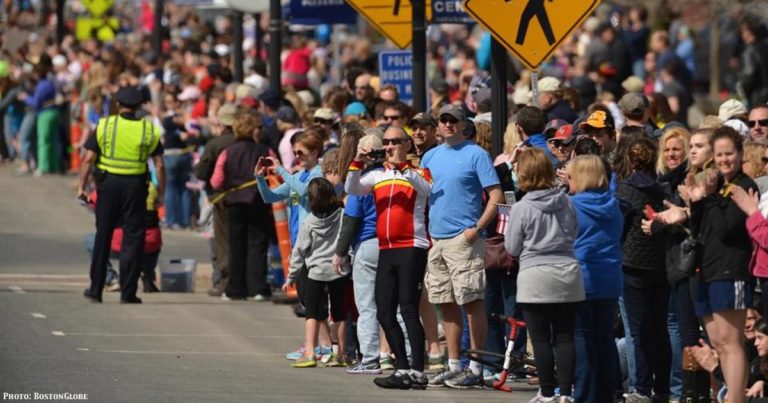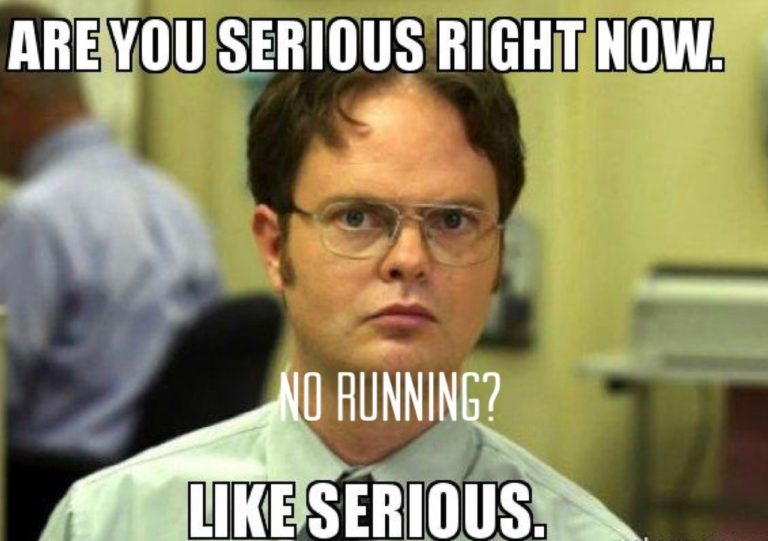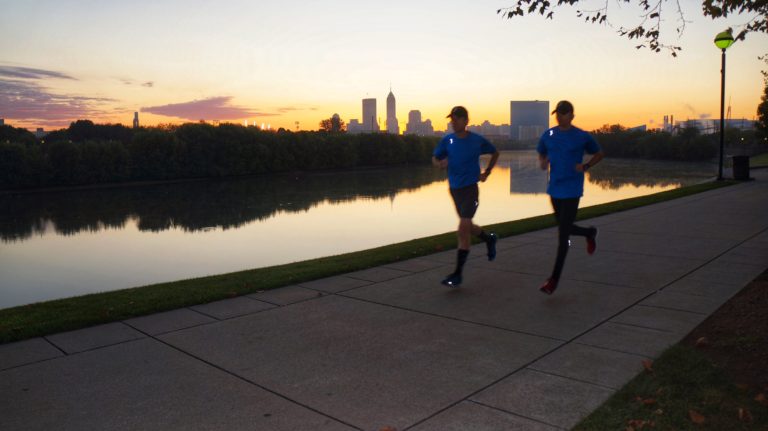2020 marks the fifth year in a row that Indy Runners has awarded the Erika Wells Memorial Scholarship. Traditionally two $500 scholarships are given to local high school graduates whose lives have been positively impacted by the sport of running. This year we added an additional $500 scholarship to a deserving candidate thanks to a gift from Dr. Michael Helms and the support of Indy Runners members. The three winners are Jane Hirschman from North Central High School, Jaliaya Molett from Charles A Tindley Accelerated High School, and William Hackler from Franklin Central High School.
Erika Wells, who the scholarship is named after, was a beloved member of Indy Runners who passed away in October 2016. Her dedication to service, personal growth, and social engagement was unparalleled, and she embodied Indy Runners’ belief in the transformative power of running as part of a healthy lifestyle and a way to unify a community. The Erika Wells Memorial Scholarship is awarded to high school seniors who exemplify these characteristics.

Jaliaya Molett was a four year varsity member of Charles A. Tindley’s track and field team, and several other athletic teams. She was also a National Honor Society Member and highly active in other school clubs and activities. She graduated with a 3.5 GPA and is currently attending Prairie View A&M University.
Each scholarship applicant was asked to submit an essay on how they came to love running, what the sport of running means to them, or how they believe running will impact their future. We are happy to share Jaliaya’s essay below.
My name is Jaliaya Molett I am a Senior at Charles A. Tindley Accelerated School located in Indianapolis,Indiana. I hold a GPA of 3.5, ranked 3 of 56 for the Class of 2020. I am a 5 sport athlete; Track and Field, Cross Country, Basketball, Cheer leading, and Soccer but Track and Field is where my heart is. I just play other sports to stay in shape on my off season and I just happen to be good at them too.
I have been running track since I was 7 years old. I currently run the 300 Hurdles during my High School season and the 400 Hurdles during the summertime for Indiana Storm Track Club. I also run the 100 Hurdles, the open 400 meters, and Long Jump. I have an all-around good experience with all the sprints and mid-distance since I started running but these are my main events. I have a goal to one day run in college at the collegiate level hopeful for Prairie View A&M University.
I came to love running because it is the most natural way in which I could clear my mind. I feel at peace knowing that my only task is to get to that finish line and have fun doing it. It wasn’t always about winning too me. I adored the way in which we as athletes are brought together. Running in different meets to me is just a way to bring people closer and to unity different skills from different athletes together along with bringing different cultures together. It’s not all about competing against one another but being able to better your skills along with helping others do the same. I do believe that running has the ability to create a global community by being blind to discrimination which can cause a huge impact on anyone’s future along with mine. Where every athlete feels comfortable competing against one another and not having to worry about being judged on where they come from. Only because running has the ability to blinding people to other regions, races, and sexual preferences do to the fact that we are not here on the race of what ethnic group is better than another but here to enjoy are selves and showcase are talents.
Remember, if you know a deserving young candidate for the 2021 Erika Wells Memorial Scholarship, encourage them to apply this upcoming winter/spring. To be notified when applications open, please email GivingBack@IndyRunners.org.

